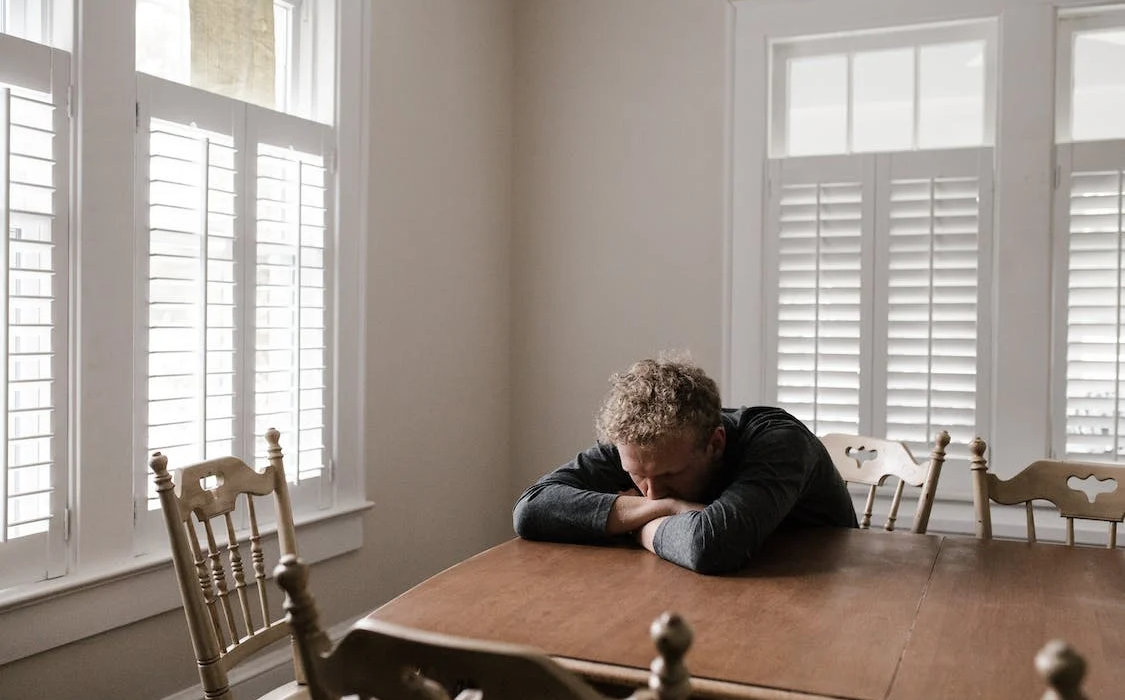
When the lockdowns began in March 2020, most if not all of us were in a state of apprehension and fear, but little mainstream attention was directed towards the deaf and hard-of-hearing (DHH) community. This is just one example of how the DHH community is an oversight for many to the extent that the challenges faced by them are overlooked as a whole.
It is unfortunate but not surprising that a universal sign language vocabulary did not exist for the virus during the pandemic. The COVID-19 protocols were unclear for the first 4 months of quarantine, and due to little research on the virus, misinformation was rampant online. To add to this, there were at least fifteen different sign languages being used to relay information scarcely backed up by scientific facts. The protocols for COVID-19 also discouraged people from touching their mouths which made it difficult for DHH individuals to sign. Another factor is that quarantine isolated DHH individuals from their interpreters. While hearing employees could simply communicate orally through Zoom meetings, DHH employees needed sign language interpreters. In the absence of interpreters, it became nearly impossible to communicate with colleagues in meetings.
Moreover, many essential workers were not trained in sign language which would make it even more difficult to communicate with DHH patients regarding their symptoms and treatment. Another factor that needed to be taken into account was that interpreters could not communicate the new vocabulary while wearing a mask. The pandemic acted as a unique challenge for DHH children with hearing parents. Hearing parents who do not know sign language inevitably find it difficult to communicate with their DHH children, but this goes beyond simple miscommunication when it comes to COVID-19 babies. The lack of certainty and anxiety caused by the pandemic was made worse for children who had to study from home in the absence of interpreters. Therefore, children who may have chosen mainstream education earlier would not be able to gain their education and would have no recourse but to join classes conducted by deaf instructors. The reason this was a major problem was that not all countries provide skilled deaf instructors at each academic level.
The best recourse for hearing parents was to learn their native sign language online and then either interpret their child’s classes or teach their child themselves. This helped counter the challenges of communicating through a facemask.

COVID-19 and Mental Illness.
It is also pivotal to discuss the psychological impact the pandemic has had on the DHH community. In general, differently-abled people are more often subjected to harrowing situations that can greatly impact their mental health. For centuries, DHH children have been abandoned, violated, or murdered while DHH adults have been stripped from their marital, proprietary, and legal rights. Until recently, hearing communities have viewed sign language as inferior which means DHH communities grow up trying to hear and lip read while their hearing counterparts seldom extend the same kindness. While a hearing child may or may not develop an inferiority complex, DHH children are born in a world that silently treats them as inferior.
Social exclusion is common for people in the DHH community, but several factors can make this feeling worse. DHH children born in a hearing family can face stigma, and may even be taken to hospitals to “cure” their deafness. Sometimes, parents insist that their child should be in a hearing school even if they cannot lip read, and even if the school does not provide interpreters. This is known as mainstream education. Mainstream education is linked to social anxiety and increased feelings of loneliness. These students are deprived of the magic that is offered by DHH culture, education, and arts. DHH people find a sense of belonging within deaf spaces and depriving them of this need is bound to cause long-term distress and despondency.
There are also cases in the history of forced sterilizations in the DHH community. The false belief behind this is that deafness is hereditary, and the best “solution” for this inherited “disease” is to prevent DHH people from procreating. To add to this, DHH women are either prevented from marrying by choice or they’re forced to marry hearing partners. These kinds of abusive circumstances tarnish the mental well-being of DHH folks, but it is even more alarming to learn that DHH individuals with mood disorders are underdiagnosed due to communication barriers.
An article titled Cultural and Linguistic Barriers to Mental Health Service Access: The Deaf Consumer’s Perspective by Annie G. Steinberg, Vicki Joy Sullivan, and Ruth C. Loew carried out a study on 54 people who identified as DHH. The results showed that the participants “viewed both mental health institutions and practitioners as authoritarian, restrictive, and prejudiced. Some signed “mental hospital” by using PRISON, STRAIGHT-JACKET, or CRAZY-HOUSE” The study added that a participant stated that there is no discernable difference between jail and a mental institute. Most of the participants also believed that their mental health issues were the result of external factors.
This discussion illustrates that the challenges of being deaf in a hearing society are not limited to employment opportunities and sign language. The reality that is scarcely highlighted is that DHH individuals are, much like everyone else, complex, nuanced human beings. Their lives have been made difficult by a world that plays deaf when hearing their concerns. COVID-19 was a blatant illustration that it is essential for hearing people learn sign language. In doing so, we would be contributing towards alleviating the external stressors that can deteriorate the mental well-being of DHH people.
Unspoken Languages Services is an American Sign Language Interpretation service provider that aims to bridge the gap in communication and create an accessible environment for all.
Thumbnail Credit: Photo by Andrew Neel

